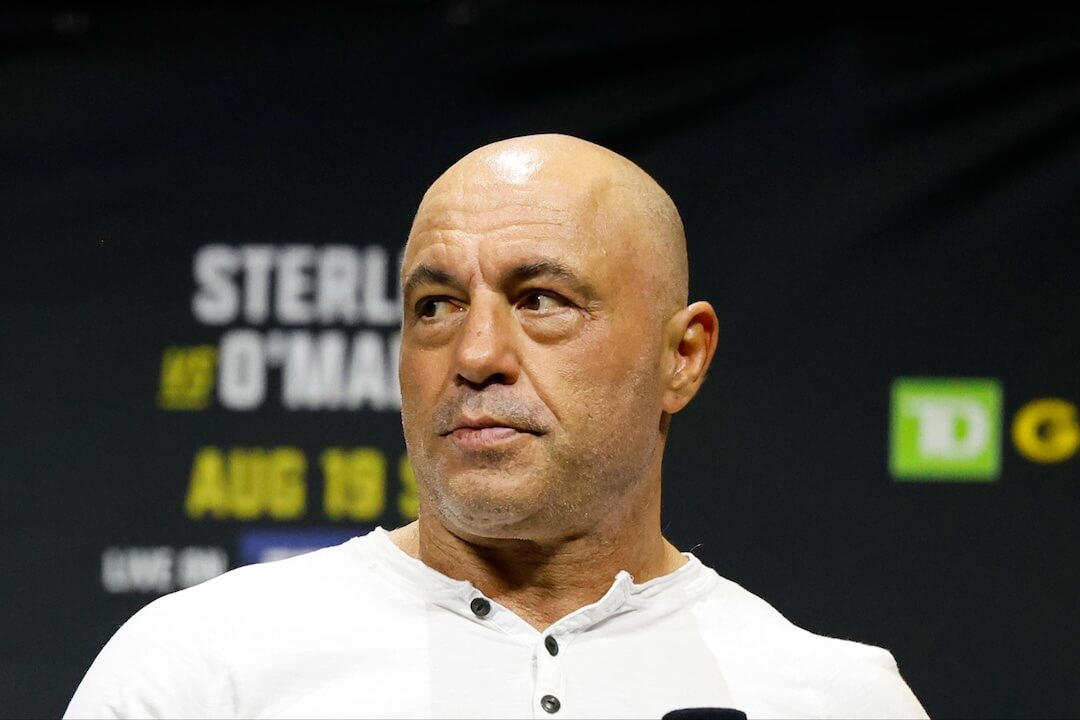I’ve been a rank-and-filer for virtually all of my working life: cashier, waiter, grad student, warehouse temp, pizza delivery driver. Even as I found my way into a career in journalism — and who knows what, or how long, a “career” in this industry is anymore — I’ve been, at worst, a perennial freelancer, and at best, a salaried editor of freelancers with no direct reports to manage.
Then, in October 2020, amid one of the darkest points of the COVID-19 pandemic, I was hired to be editor-in-chief of The Real News Network in Baltimore. Three years later, I also became co-executive director.
I know how to write, I know how to edit, I know how to report, I know how to conduct interviews. I did not know — and am very much still learning — how to manage a team and lead an organization. Nobody taught me how to do those things, and I was very upfront about that when I interviewed for the EIC job, but I believed I could figure it out the same way I figured out how to do all the other jobs I’d held: I’d buckle down and teach myself.
I was wrong.
For my entire life, success had always been measured in highly individualized terms, and my methods for achieving success had always revolved around the amount and quality of work I could do myself to get a job done — not my abilities to delegate work, to develop and improve the work of others, or to manage teams of people to work together more seamlessly and efficiently. Now, for the first time, the practices that led me to succeed as an individual student, worker, journalist and editor were not leading me to succeed as a manager and organizational leader — and I couldn’t figure out why.
I was the proverbial man stuck in quicksand, sinking deeper the harder I thrashed and struggled to find a footing.
Apply for Essential Skills for Rising Newsroom Leaders
You wouldn’t know this if you were on the outside looking in. If you only saw TRNN through the journalistic work we were producing (like I did), you might have seen a well-oiled machine. The work we were doing was good and important, we were producing a lot of it, and traffic was blowing up. Just to illustrate the point: In 2021, my first full year as EIC, we hit our bottom with just 7 million views on TRNN’s YouTube channel; in 2022, we bounced back and brought that up to nearly 28 million, a yearly traffic record for TRNN. In 2023, we shattered that record with 49 million.
But on the inside, it was a stress factory. Some people were doing way too much, some way too little. Others were working their butts off just to keep our duct taped, jerry-rigged system operating. Bottlenecks and internal frustrations continued to plague us, funding opportunities and project deadlines continued to evade us, and yet somehow, we continued to pump out vital, grassroots reporting and human-centered storytelling from the frontlines of struggle around the world. And I believe that work, and the people we managed to reach and empower with it, have changed the world for the better.
All of this was made more complicated by the fact that I was hired at TRNN to contribute as a reporter and analyst as well, and that was where I felt I had the most skills. But it turns out I couldn’t just lead as a team captain on the court, I had to learn how to lead as a coach — and, eventually, as co-general manager.
I enrolled in Poynter’s weeklong Essential Skills for Rising Newsroom Leaders training in the summer of 2024 because I knew I was stuck and I needed help getting unstuck from industry veterans who knew what it was like to be in my shoes. I won’t pretend that all of our, and my, problems were magically fixed coming out of the program — that’s not how it works — but there were three revelatory takeaways that helped me understand why I was stuck and how to begin climbing out of the quicksand.
I am not alone.
For a whole week, I shared space with and opened up to colleagues from across the industry — from local TV stations and independent regional publications to international bureaus of major news outlets. I saw the human faces and heard the human stories of the hardworking, well-meaning people behind the faceless organizational names and social media avatars that our hyper-competitive industry trains us to look at with distrust, scorn, envy and all manner of ugly feelings. Poynter provided the space and opportunity to be among a diverse group of peers I might otherwise never have met in person. But it was up to all of us to break down those artificially and self-imposed barriers, and to meet one another on the shared terrain of battered and imperfect human beings trying to do good and doing our best to figure things out.
And we did. It was the greatest gift we could have given to one another, and to ourselves. To begin the arduous path to self-improvement requires, first, that you stop sledgehammering your conscience with the false notion that everyone else but you has everything figured out. By being vulnerable with one another, and being honest with ourselves, we made it safe for each other to begin walking that path, and our cohort of colleagues became a community of mutual aid, support and understanding. Our community has maintained contact ever since through a shared WhatsApp group, where we still share our successes and failures. Every time I have found myself floundering in the same frustrations as before, the community I always needed is there to remind me that I’m not alone, and I love them for it.

Maximillian Alvarez, editor-in-chief and co-executive director of The Real News Network in Baltimore, reporting in the field from Chicago during the Democratic National Convention protests earlier this year. (Photo by JW Hendricks)
Retraining my reactions
“You bring all the neural pathways you developed as a journalist into management,” Poynter faculty Tony Elkins said at one point in our seminar. That hit me like a bat to the skull. It was like looking in a mirror for the first time and getting to see myself through eyes other than the ones lodged in my head. I realized that my habitual responses to organizational needs were those of a journalist who only knew how to throw more journalism at a problem.
My self-trained reaction to coverage gaps was to fill said gaps myself or find people to fill them, rather than address persistent personnel or workflow issues preventing our team from maintaining the consistent coverage I knew we were capable of. And I finally began to understand how those habitual responses and well-worn neural pathways had manifested in a managerial style that, in fact, was eating up my time and ability to actually manage our team. The more I focused only on the journalism, the less I focused on improving the ways we work together to produce it, on developing the strengths of our individual team members, and on empowering everyone to excel by removing the structural barriers and addressing the cultural issues that were demotivating and demoralizing everybody.
Putting it into practice
Understanding that I needed to work to reshape the neural pathways I had formed as a journalist by consciously practicing new habitual responses as a manager was one thing; knowing how to do that was quite another. Again, as the editor-in-chief and as a contributing journalist on the team, it’s always been about the work; that is, the journalism. But my experience at Poynter helped me understand a truth that every good community and labor organizer knows intimately: People and relationships are the work.
I got into journalism because I believed sharing the stories and shining a light on the lives, jobs, dreams and struggles of working people could help families like mine and people like the ones I worked with at all those minimum-wage jobs. I still believe that, but rather than seeing my managerial and organizational responsibilities as an impediment to my ability to help the only way I’ve known how, I now fully understand that I am in the position to marshal the talent and resources of a whole organization to help more people than I ever could with my own journalistic work.
Every good organizer worth their salt understands that you build power by empowering others and bringing more people into the fight, rather than trying to do everything yourself. But to achieve that, you have to see the cultivation of others’ abilities to fight for the long haul — building strong relationships, managing personal and interpersonal conflicts, keeping people motivated, developing their strengths and their self-motivating, problem-solving skills — as the work.
Together, we can achieve more than any one of us could on our own. Bringing people together and keeping them together is the hard work — without which, the work of changing the world will not get done.
I’m ready to get to work.
Applications are now open for our two 2025 sessions: April and October.







